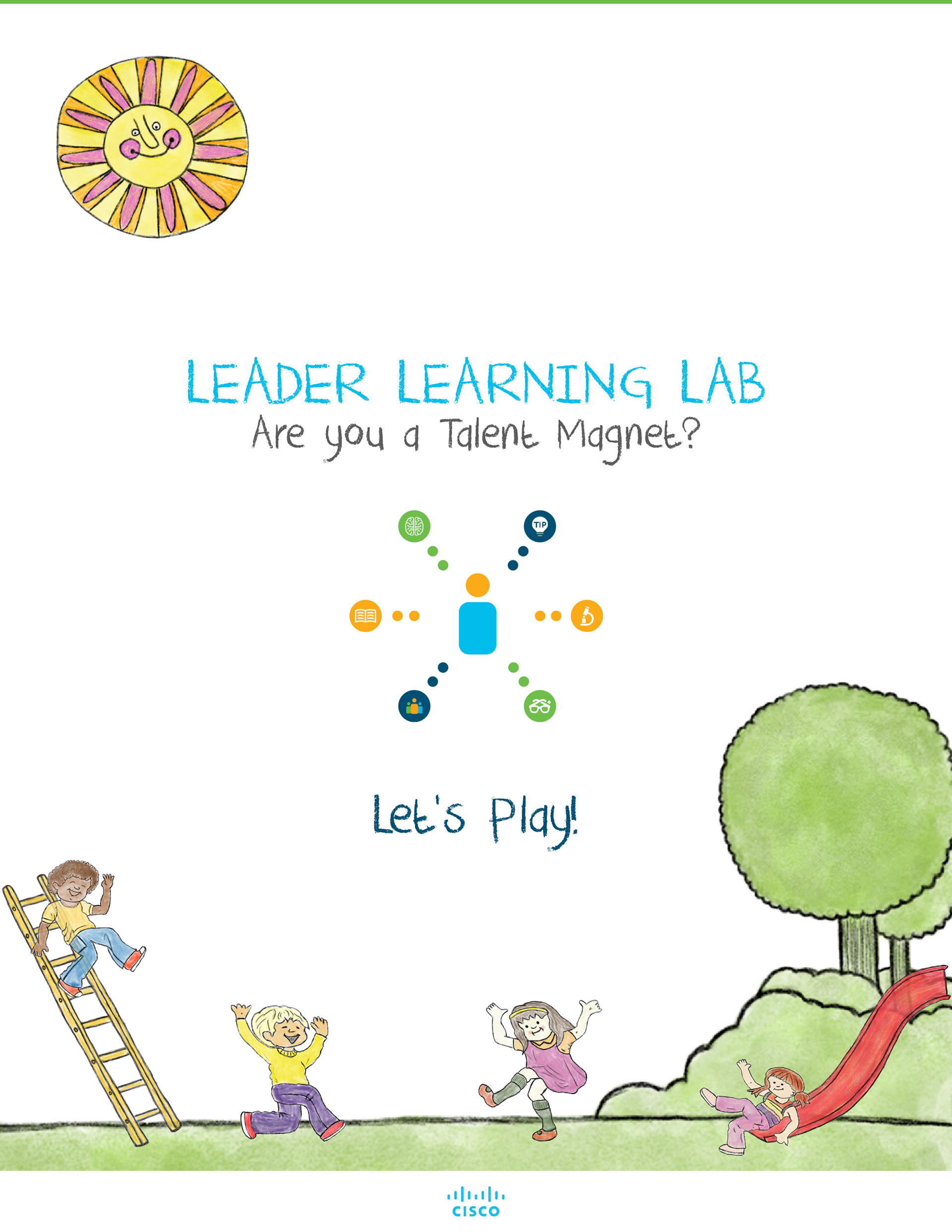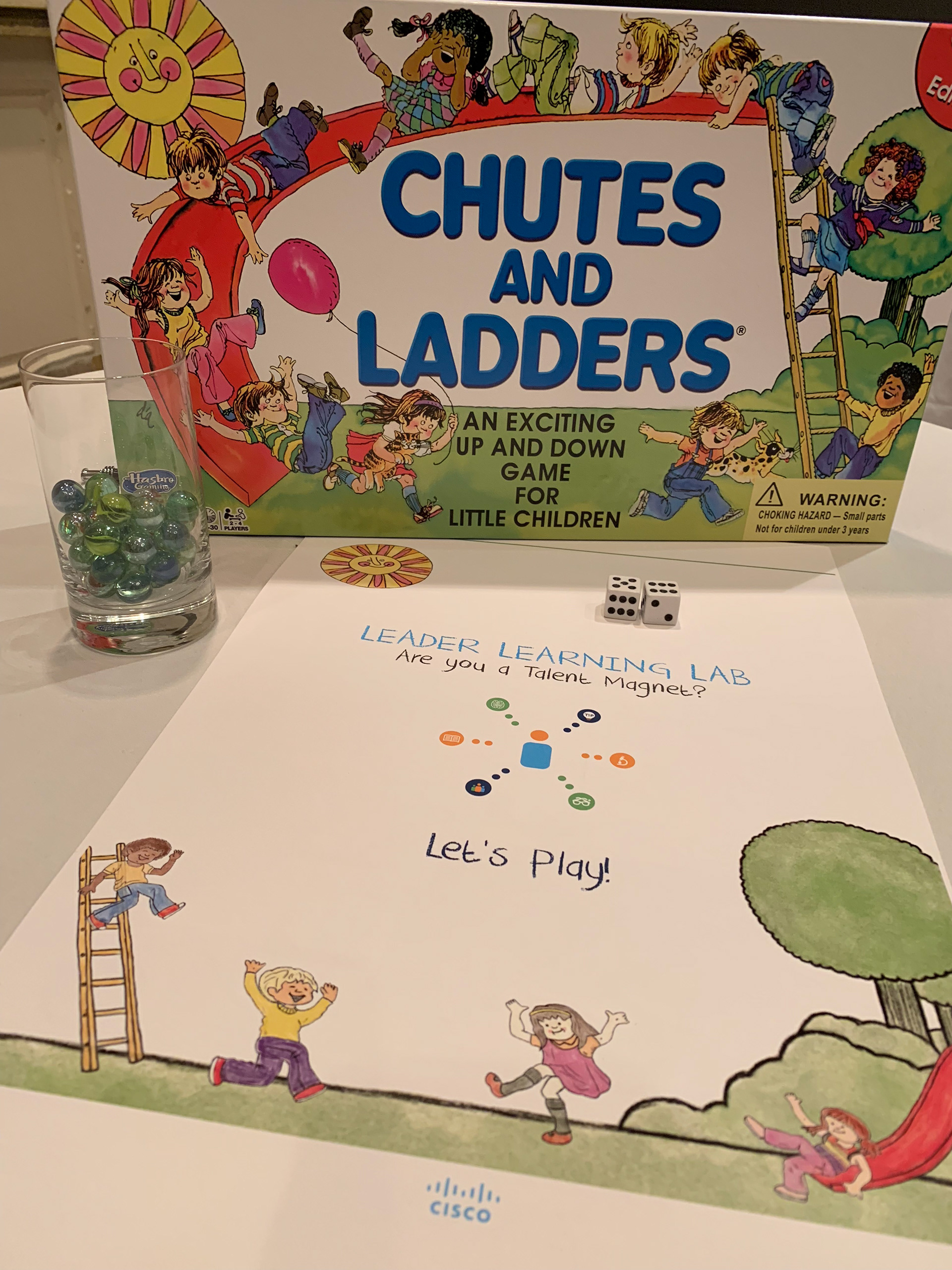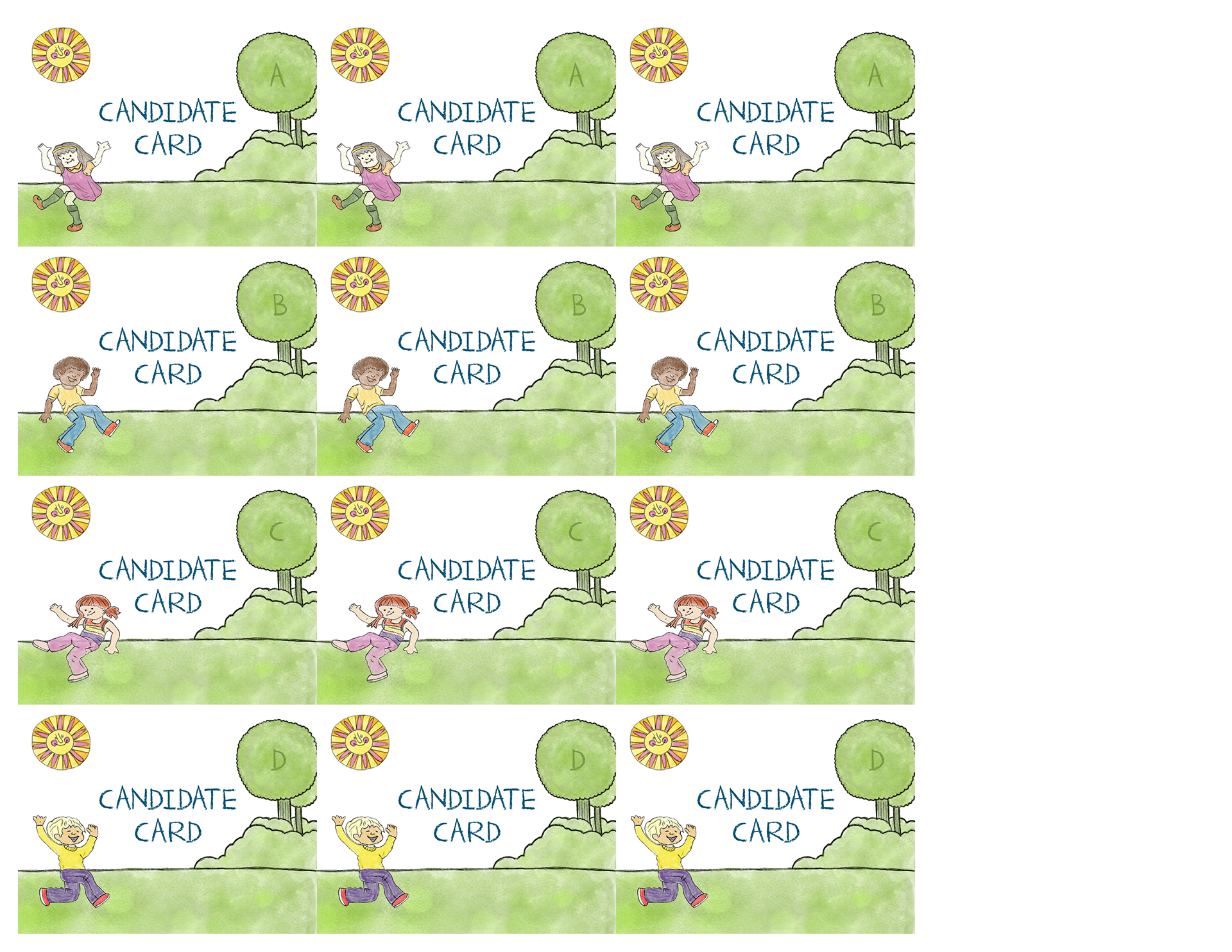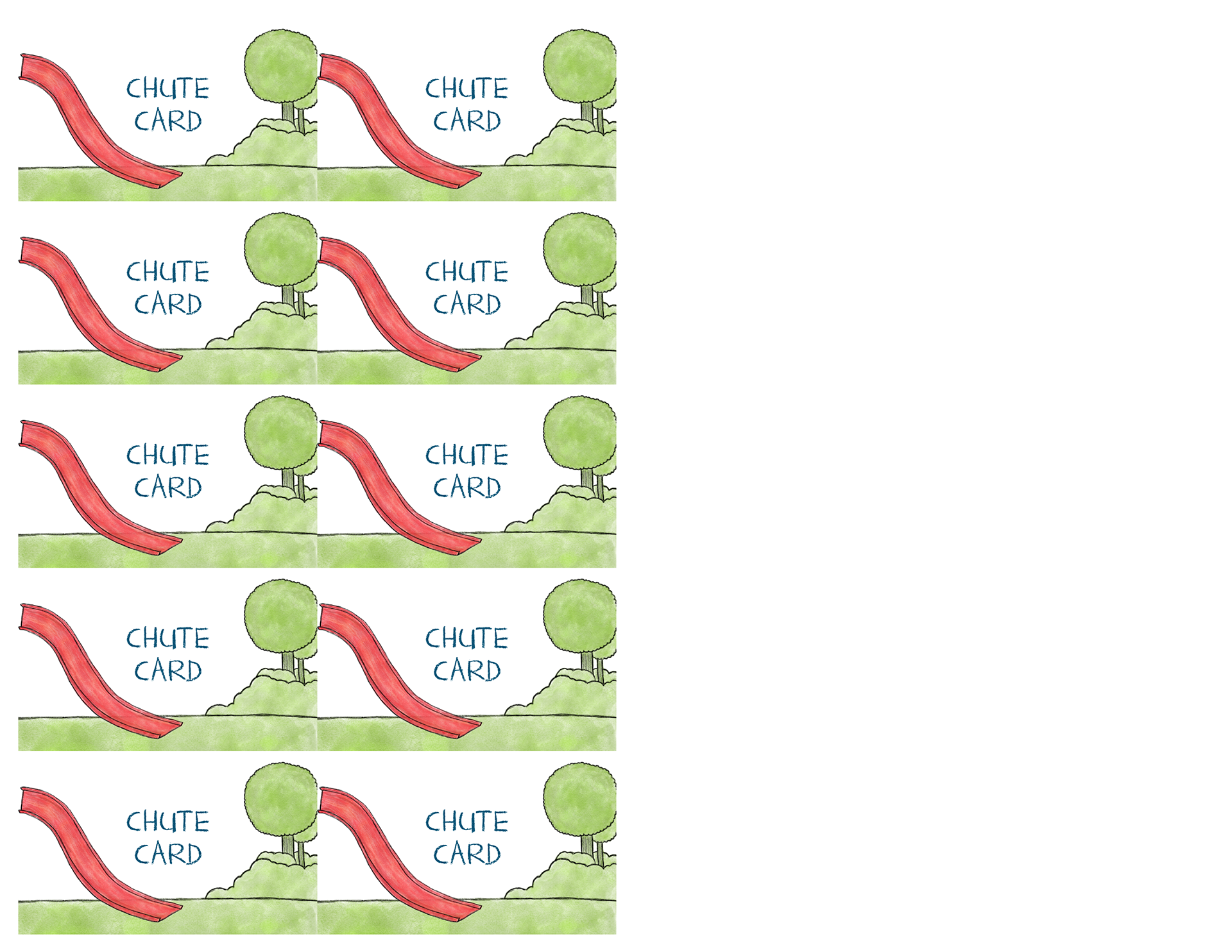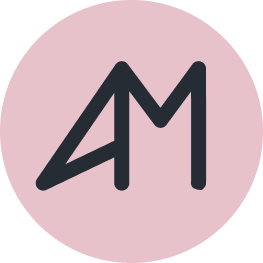My Role
Lead Learning Experience Designer
Lead Learning Experience Designer
The Key Skills
Branding, Framework Design, Learning Experience Design, Leadership, Design Sprints, Design Thinking, Game Design, Illustration, Prototyping
Branding, Framework Design, Learning Experience Design, Leadership, Design Sprints, Design Thinking, Game Design, Illustration, Prototyping
Timeline
2018-2020
2018-2020
The Background
Leader Learning Labs are 90-minute learning experiences that are targeted for both leaders and aspiring leaders. Upon joining the team, this was the objective and what I was tasked to design and create. I started off learning more about the vision for what these were and since this was meant to be a series of labs, that needed to be scalable next generation learning experiences, the first step was to create a framework. A framework that would not only make it easy for us to create and scale, but also to help provide a consistent experience for our learners. Once the framework was set, we began building the first lab titled, Challenging Conversations. After piloting and launching this first lab, the success propelled us to building a team around creating more.
The team began to add project managers and eventually additional designers. With a growing team, I implemented Design Sprints to help the team design with our users in mind in an expedited fashion. Upon implementing this and helping the team create the process from problem statement to end-of-life utilizing Design Sprints and design guidelines, we were able to create an additional 4 labs in a matter of 7 months which included a digital game based on chutes and ladders and a digital simulation with a escape room experience.
Lessons Learned
Speed isn't always good. While speed is important, it shouldn't jeopardize the quality and ensuring the problem is solved with the best experience possible. At times, corners were cut and that usually lands at the front end of the design process, research. I would go back and spend more time doing both quantitative and qualitative research to understand the needs of our leaders to ensure content and experience were really hitting their needs. However, in learning, there's also a balance between what the user "thinks" they need verse what they actually need, which is essentially eliminating bias. For example, while they may not feel like they need assistance in providing feedback to others, or that they do it really well, this might not always be the case. Therefore, doing more research along with balancing it with the needs of behavioral changes.
Another lesson learned is that Design Sprints and Design Thinking are things that work and really help the team solve the right problems quickly and efficiently. While we had to tailor the process to fit our culture and needs, it still really brought the right people together to build them as team. Really provided great communication and collaboration amongst all team members no matter where their responsibilities were.
Early Prototype
These are a few things I digitally drew to create a working prototype for one of our labs. This was played using actual Chutes & Ladders board games at a Senior Leadership Offsite. It included the rules for the game and some background information they needed to make make talent decisions.
I designed and created these using Adobe Sketch for iPad and Adobe XD. The game mechanics were also designed by me to fit the story and learning aspects of the lab. With this success, we transformed this into a digital game where I led the design and development. I also drew and created the avatars for the characters for the game that the development team then animated for the final version of the digital game.
